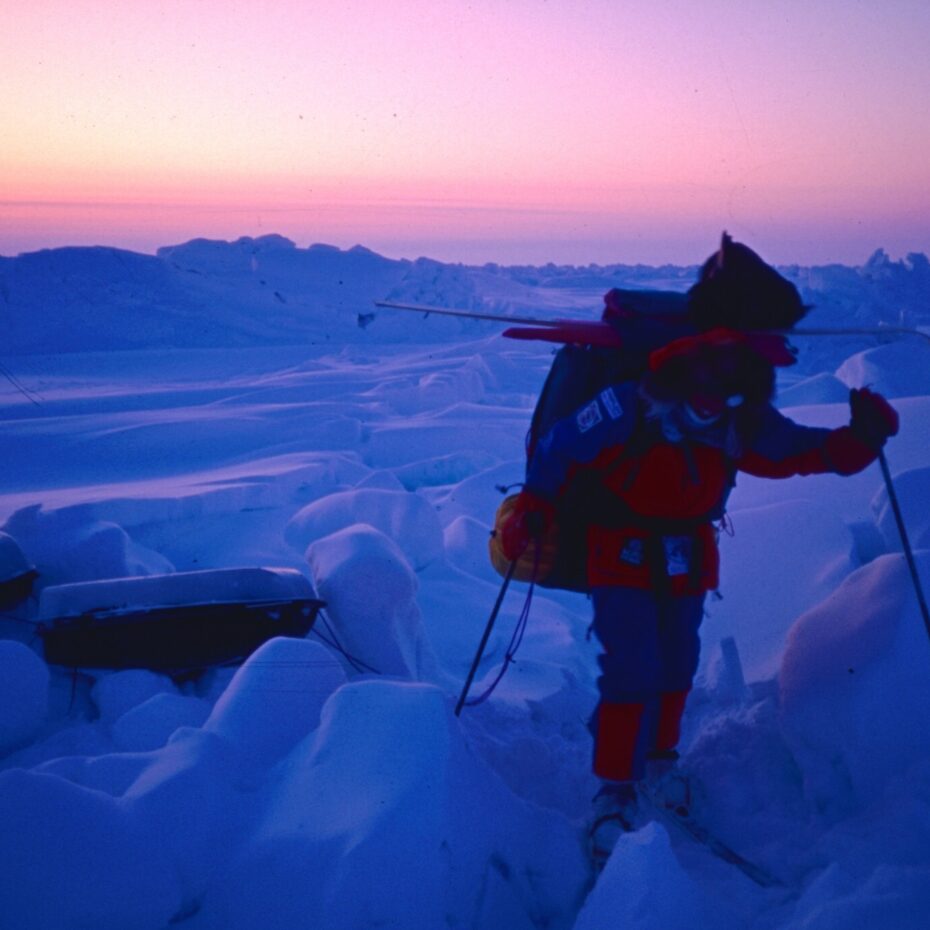
May 13, 2020 | The North Pole
WITH A LITTLE HELP FROM OUR FRIENDS
In 1995, in the first weeks of attempting the first and only unsupported out-and-back to the North Pole from land, Richard Weber felt an inexplicable presence.
He and expedition partner Misha Malakhov were in the process of establishing a supply depot forty-five miles from their starting point on Ward Hunt Island. Even with each man pulling two sleds and wearing a heavy backpack, they could not carry enough food for a planned 105 days (122, as it turned out) and so needed to shuttle out a portion of their supplies in advance. To mark their trail, every mile or so they would drill a hole and plant a small black flag. To make sure they could find their way back to depot itself on the continuously shifting ice, they left both a satellite beacon and a homing device originally developed to track wolves, and they crossed their fingers it would neither drift too far away or be plundered by polar bears or—and this would be extremely bad luck—sink to the bottom of the ocean if the ice cracked out from under it.
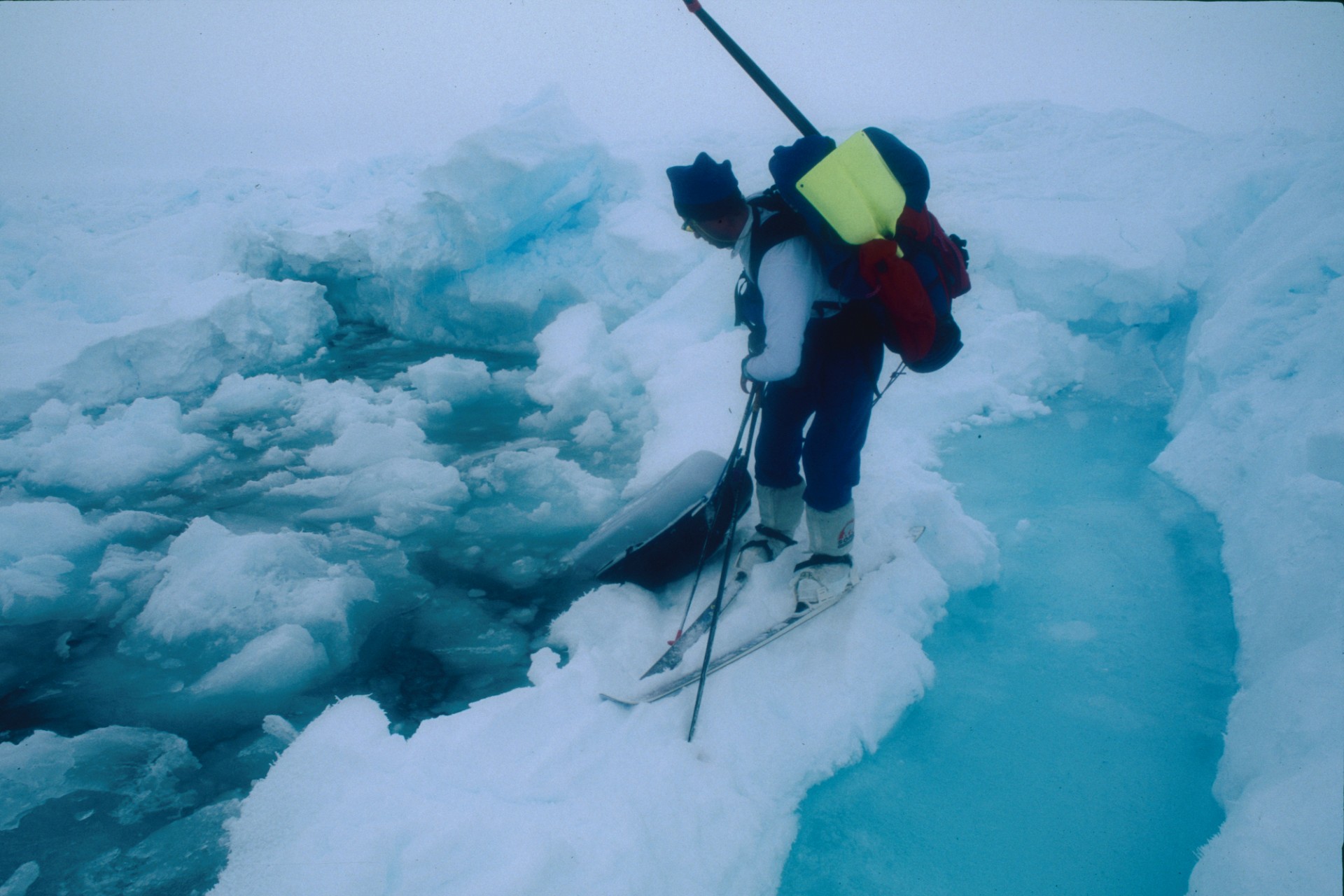
Black was chosen for the flags because it stands out clearly against a landscape of white ice, but, unfortunately, black flags are also difficult to spot in overcast conditions or in the very long periods of darkness in the early polar spring, when the sun has not yet begun to crest the horizon. Returning to Ward Hunt after establishing the depot, Richard and Misha at one point lost the trail entirely in the dark. Wallowing through snow and climbing looming pressure ridges with only their headlamps for illumination, they scanned from side to side for a flag. After a while, Richard realized he was only looking to the left. “I had the strong feeling I didn’t need to look to the right because someone was doing it for me,” he said. The helper wasn’t Misha, but a supportive, benign, and intangible presence, neither male nor female.
They found the trail. From time to time until they’d left the depot behind and begun their final northward push, the presence returned, and Richard began to look forward to its visits.
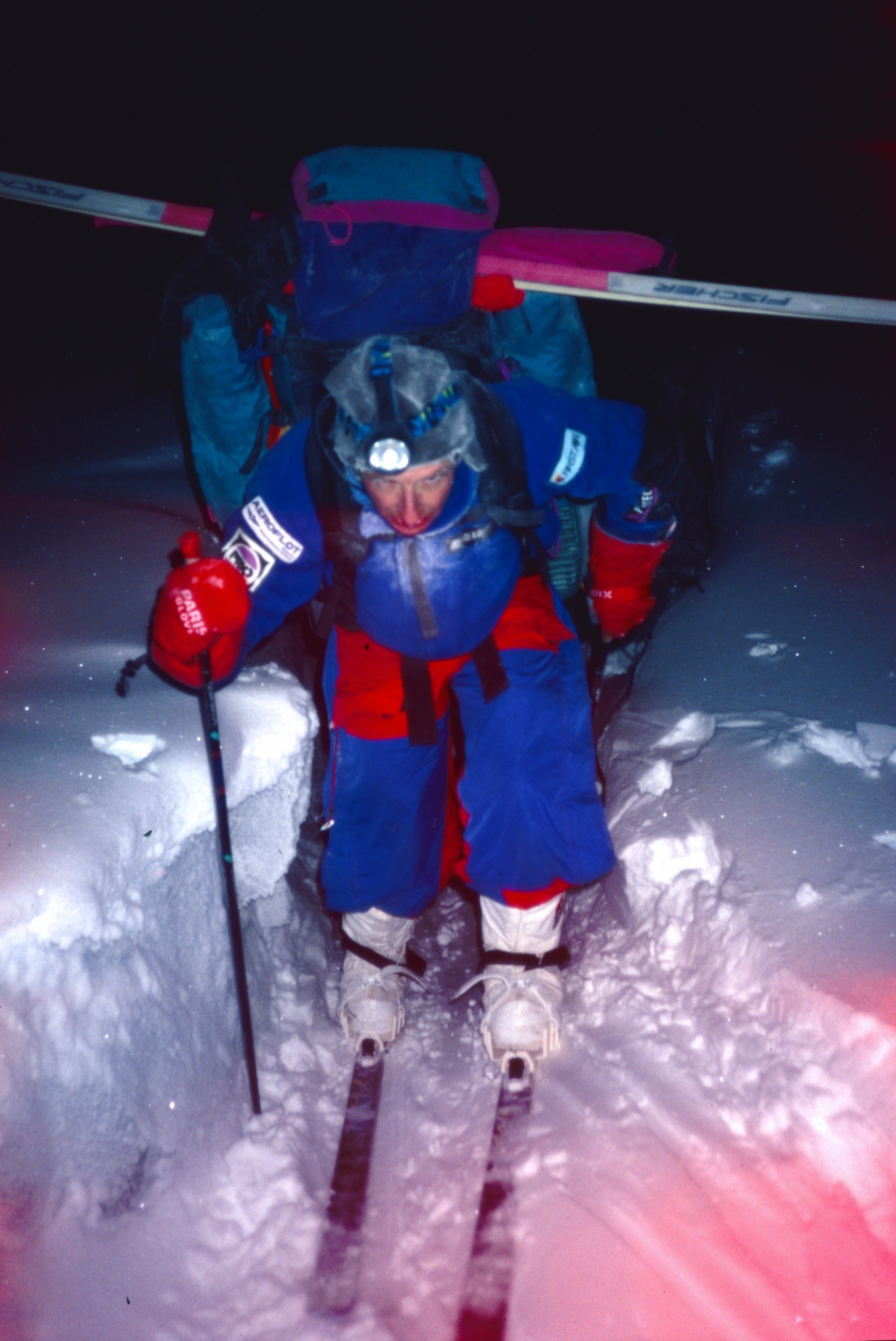
Weeks later, when the men were six miles from the Pole, they decided to leave their sleds behind and do a speedy out-and-back. As they left camp, “I had the strongest sensation that this person was back,” Richard recalls. “Like this person wanted to join us for the fun part. I was a bit freaked out. All these strange things go through your head.” A former expedition-mate of Richard’s and Misha’s from the 1988 Polar Bridge Expedition had recently died, and Richard wondered if the presence could be that man, Yuri. But, he says, “There’s no real explanation. It’s just the one who walks beside you.”
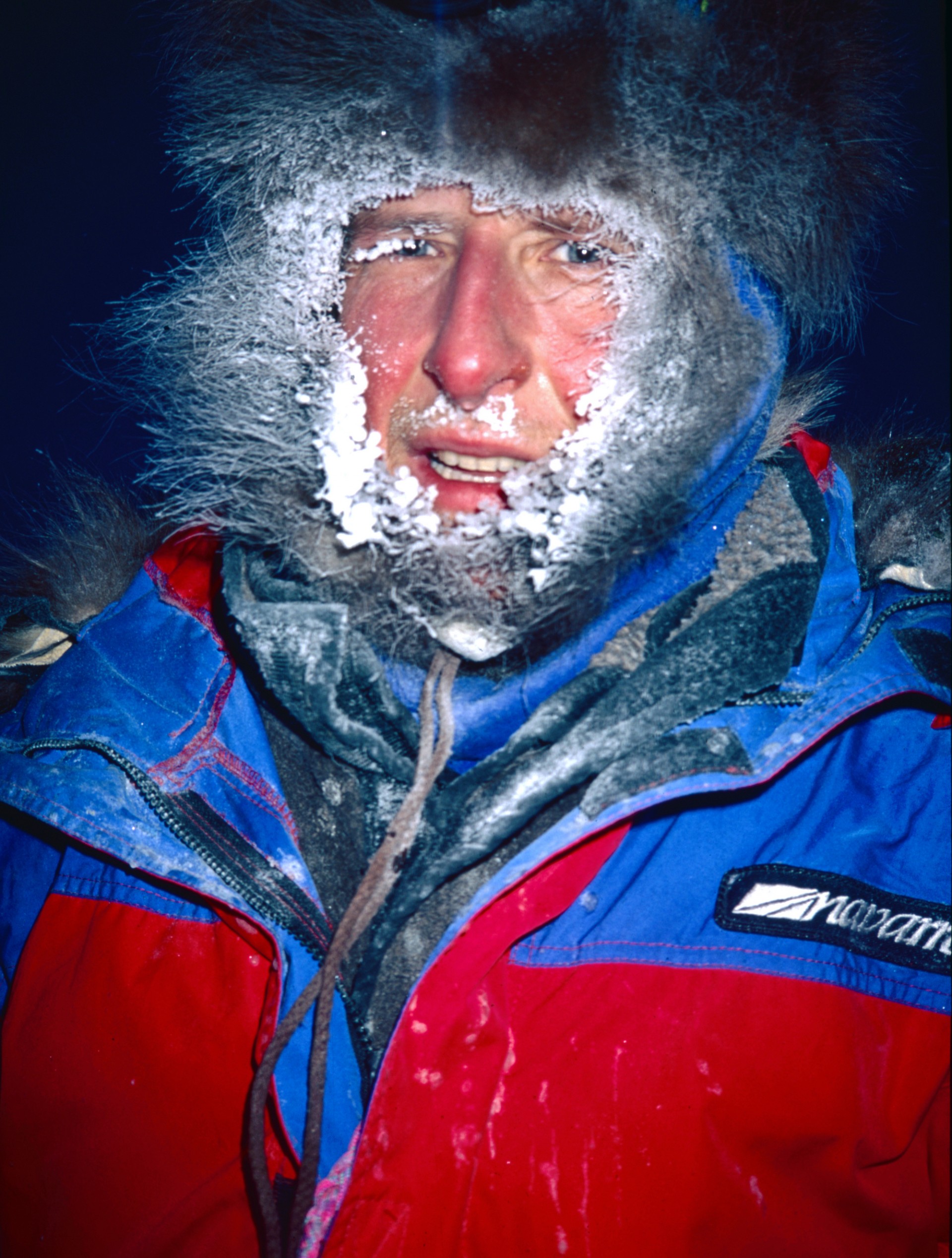
As it turns out, such visitations aren’t at all uncommon among those who have spent time in extreme environments or experienced traumas. Many other polar explorers as well as mountaineers, sailors, soldiers, astronauts, and survivors of disasters have all reported similar phenomena. During Ernest Shackleton’s desperate and extraordinarily dangerous crossing of South Georgia Island in 1916, he and his two companions famously all felt that a fourth presence had joined them. In 1933, the mountaineer Frank Smythe, having had to turn back after coming within a thousand feet of the summit of Everest, paused on his descent to eat some mint cake and turned to offer half to a companion who did not happen to exist but had still offered him comfort and company in a perilous situation. Sometimes the presence might go so far as to offer direct guidance, as happened to helicopter pilot Brian Shoemaker when he found himself flying in Antarctica with no radio, navigator, or visual bearings, choosing his heading according to the instructions of a disembodied voice. Sometimes the presence assumed the form of a lost loved one, as when Peter Hillary, son of Edmund, skied to the South Pole in the company of his deceased mother.
In his book The Third Man Factor: Surviving the Impossible, author John Geiger details these and many more examples, ranging from Charles Lindbergh carrying a cargo of spirits on his transatlantic flight to a money-market broker being led through fire while escaping the World Trade Center on September 11, 2001. He also delves into possible explanations for the phenomenon. Some people see divinity in these visitations and believe them to be literal guardian angels. Others understand them as psychological defense mechanisms, messengers from within. A variety of factors have been put forward as possibly summoning these incorporeal presences: monotony coupled with a need for high alertness, stress, cold, altitude (mountaineers seem especially likely to have phantom friends), low blood sugar, sleep deprivation, loss or fear of loss, a cognitive capacity for openness or what researchers call “absorption,” and even a possible evolutionary advantage to summoning what might be considered a manifestation of one’s inner strength. There is probably no way for us to ever know what forces, internal or external, are at work. But, to paraphrase J.K. Rowling, even if something is happening inside one’s head, why should that mean it isn’t real?
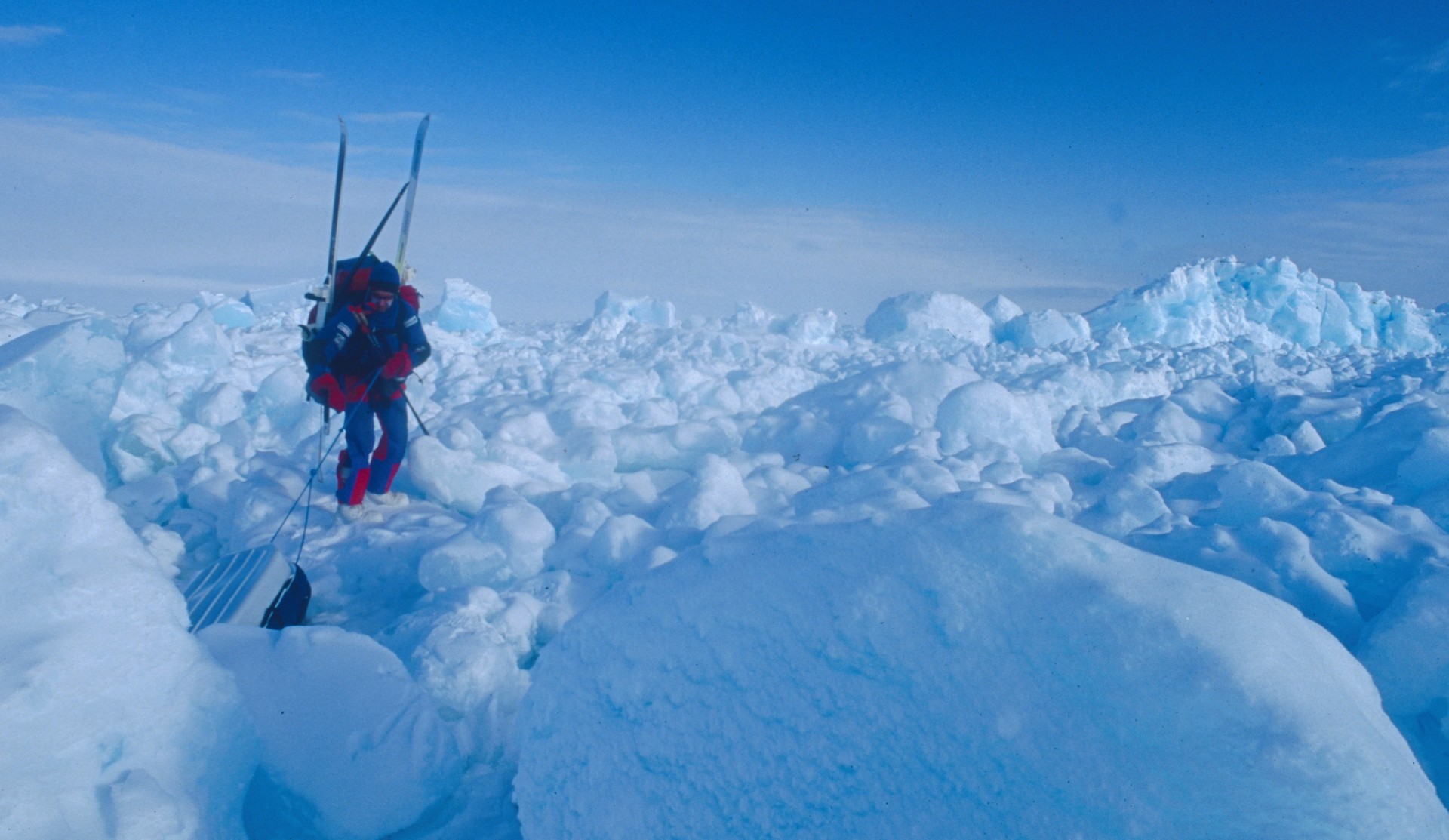
What was undeniably real and absolutely essential on the 1995 expedition, however, was the functional working relationship between Richard and Misha, based on mutual respect and clear communication. “It’s hard to express our absolute reliance on one another for physical safety and mental well-being,” the pair wrote in their account of their 1992 and 1995 expeditions, Polar Attack. “To live in harmony with another person under such stringent conditions demands a certain etiquette—unfailing generosity and politeness.” The pair maintained their relationship as though it were a piece of necessary equipment, offering each other a mix of both sometimes blunt honesty and small kindnesses, like the gift of a sugar cube at breakfast. Both members of the team recognized their relative strengths and weaknesses and tried, whenever possible, to make use of any disparity. Misha’s exceptional endurance, for example, made him better suited to lead at the end of the day, when he still had energy. On the other hand, Richard was more skilled at crossing cracks in the ice and would go first, allowing Misha to copy his approach. Misha could be pedantic about sticking to preset goals for mileage or time spent skiing, whereas Richard, with his long experience as a competitive athlete, pushed for listening to their bodies and avoiding any dangerous depletion of energy. At different times, both approaches served them well. “How fortunate we were to have each other!” they wrote. “Neither of us could imagine how a solo traveller would fare, thrown back entirely on his own resources.”
Success in returning to land proved to be a race against time in the expedition’s last days, as the ice was breaking up under Richard and Misha’s skis. Teamwork was critical as both men had to be willing to push themselves beyond reasonable limits. They had already stretched their concept of a “day” from twenty-four hours to thirty-six, an arrangement made possible by the constant daylight that had replaced the darkness of their early weeks.“We had to find a way to pick up the pace,” Richard says. “All we do is eat, sleep, and ski, so we decided we’ll sleep less. The last eight days, we only slept six times, for a total of eighteen hours.”
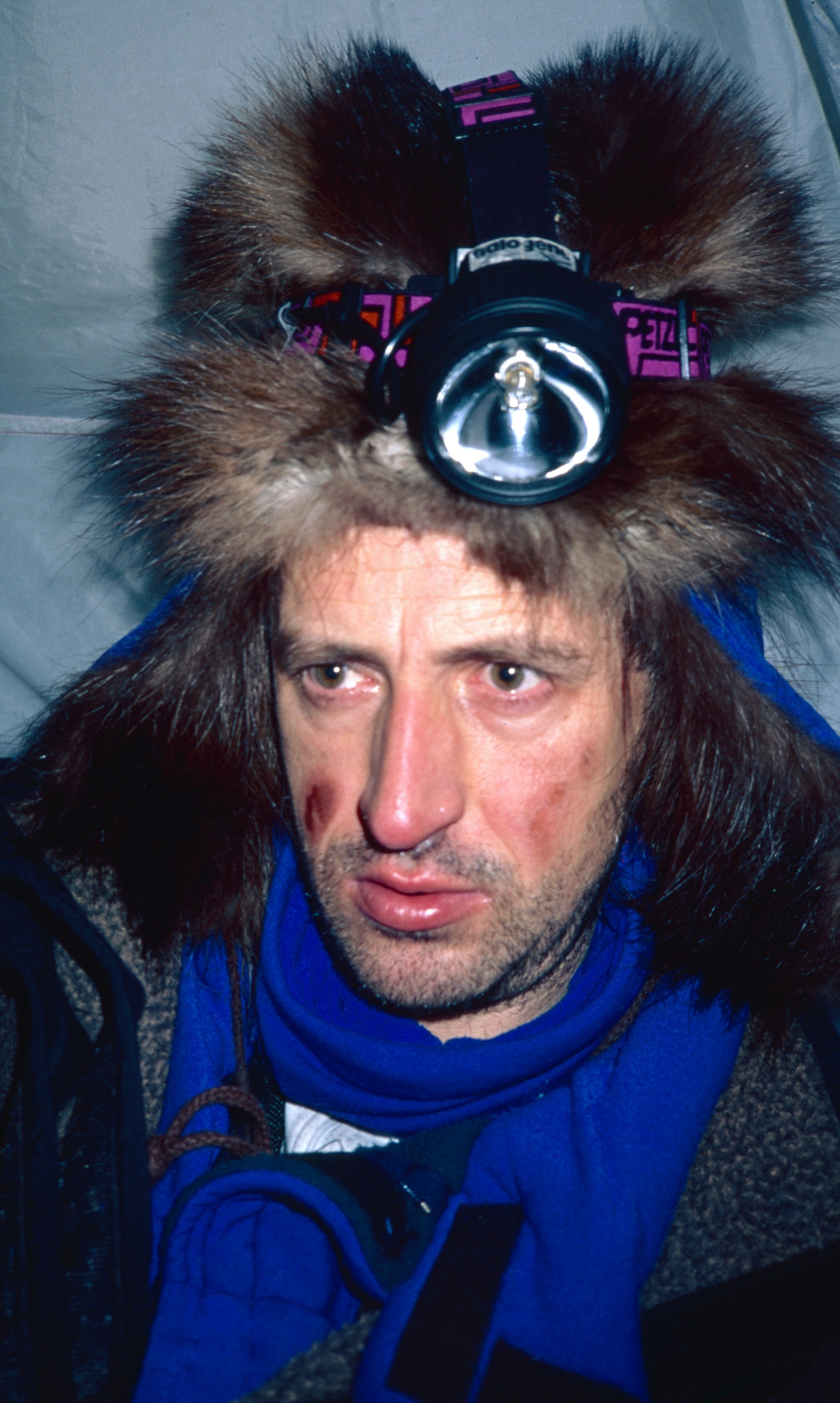
Their pick-up from Ward Hunt was scheduled for June 15th at noon. They didn’t have the money for a second flight if they missed it or the time to stop and go through the elaborate process of sending a satellite communication to ask for a delay. Nor, probably, would there be enough ice for them to get to land if they diminished their pace. They were mostly skiing on slush compressed by the movement of floes into a barely skiable surface. It could all disintegrate at any moment. In the final stretch, they threw away any extra weight: their sleds, part of their tent, one of their movie cameras. They had were down to zero food, but the island was in sight. “Are we going to be able to get there?” Richard asked.“It’s just a question of how much we want to suffer,” Misha replied.
They kept going. They suffered, but what a reward when they reached land, when they heard the plane’s engine. “We were a remarkable team, a sum greater than its parts,” they wrote in Polar Attack.
“You just had to be really persistent and simply never give up,” Richard says. “That’s it.”
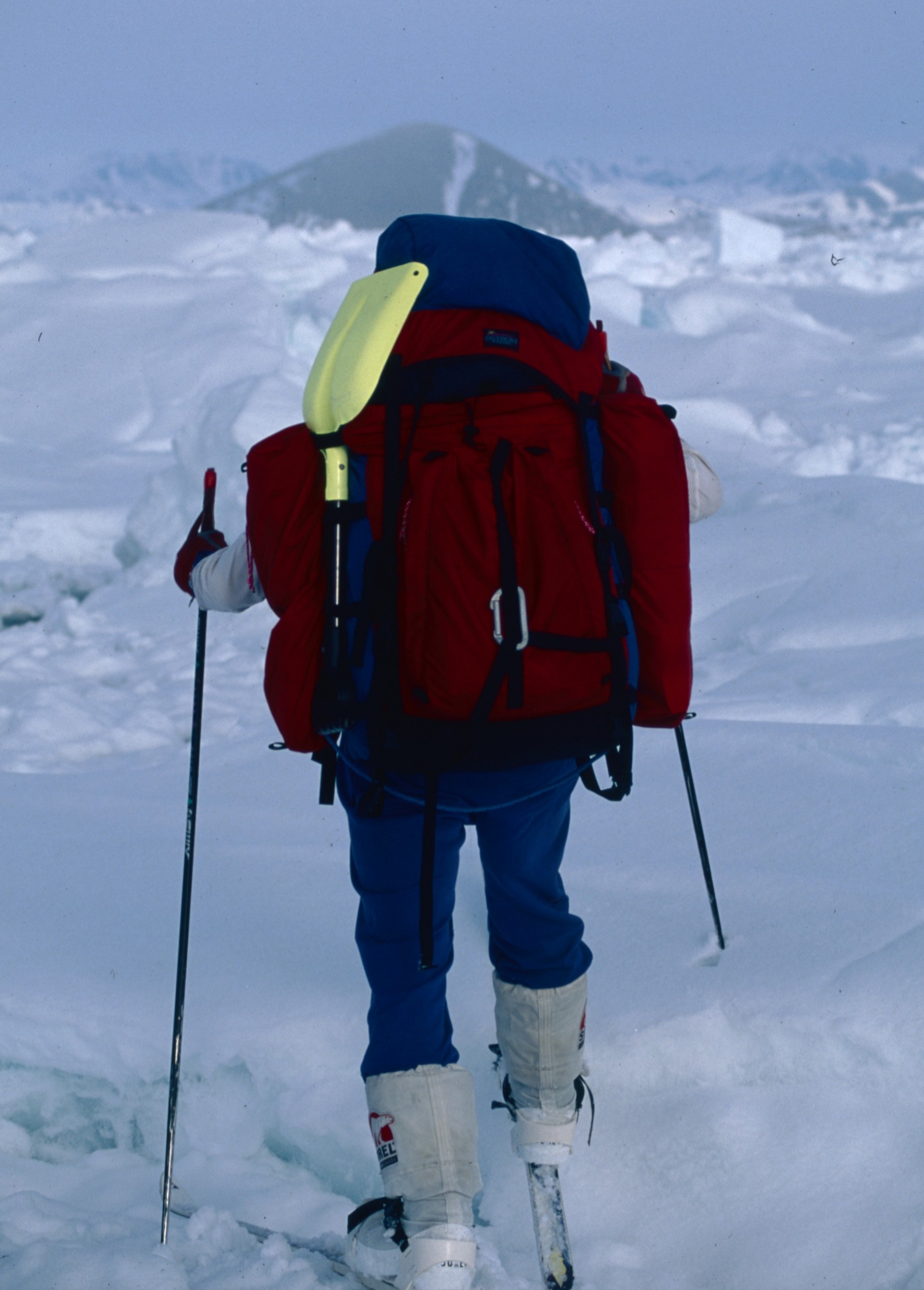
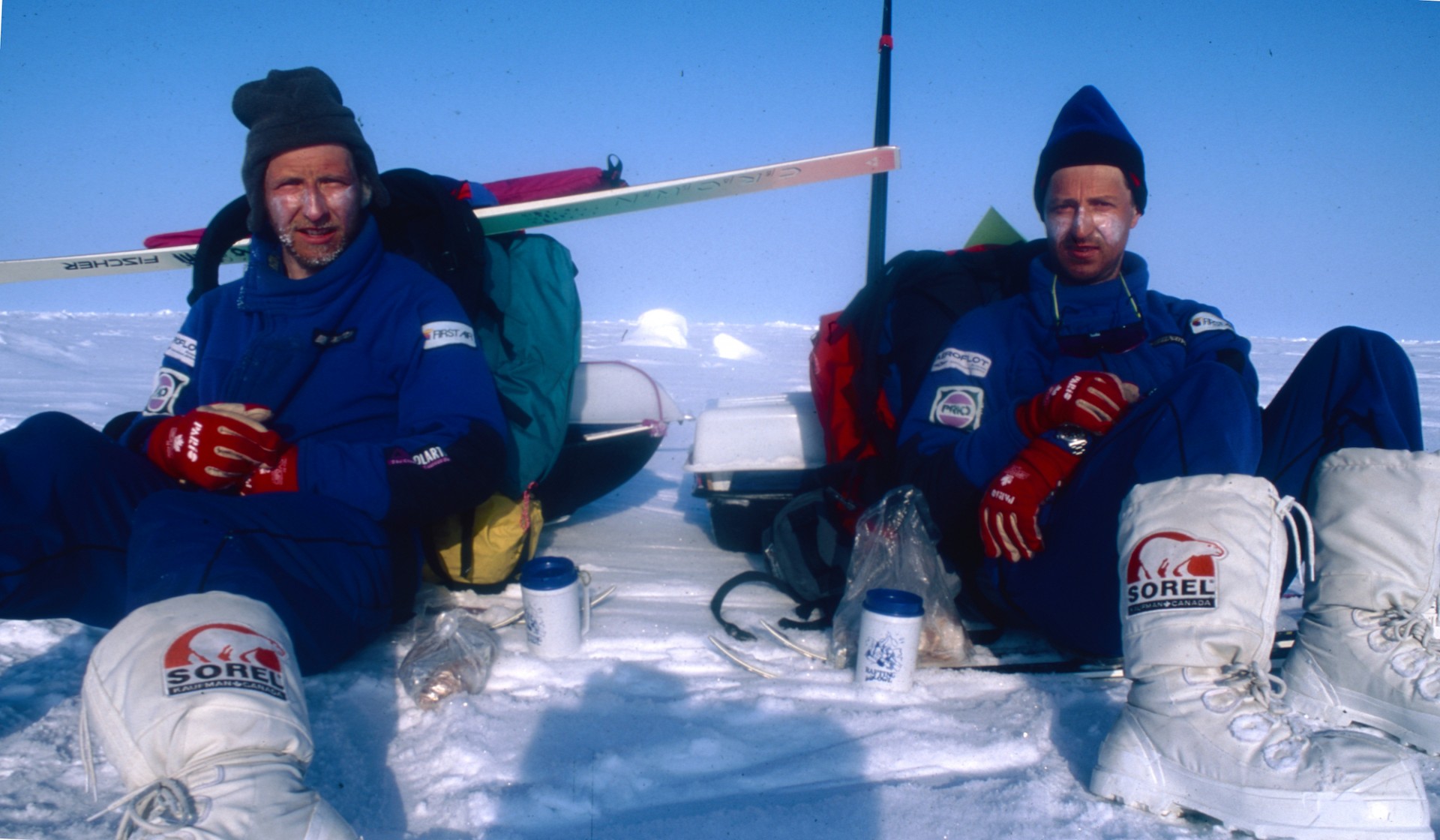
We're here to help.
We understand that booking a trip like this is a big endeavour. Please reach out to us with any questions that you might have regarding your upcoming adventure.



